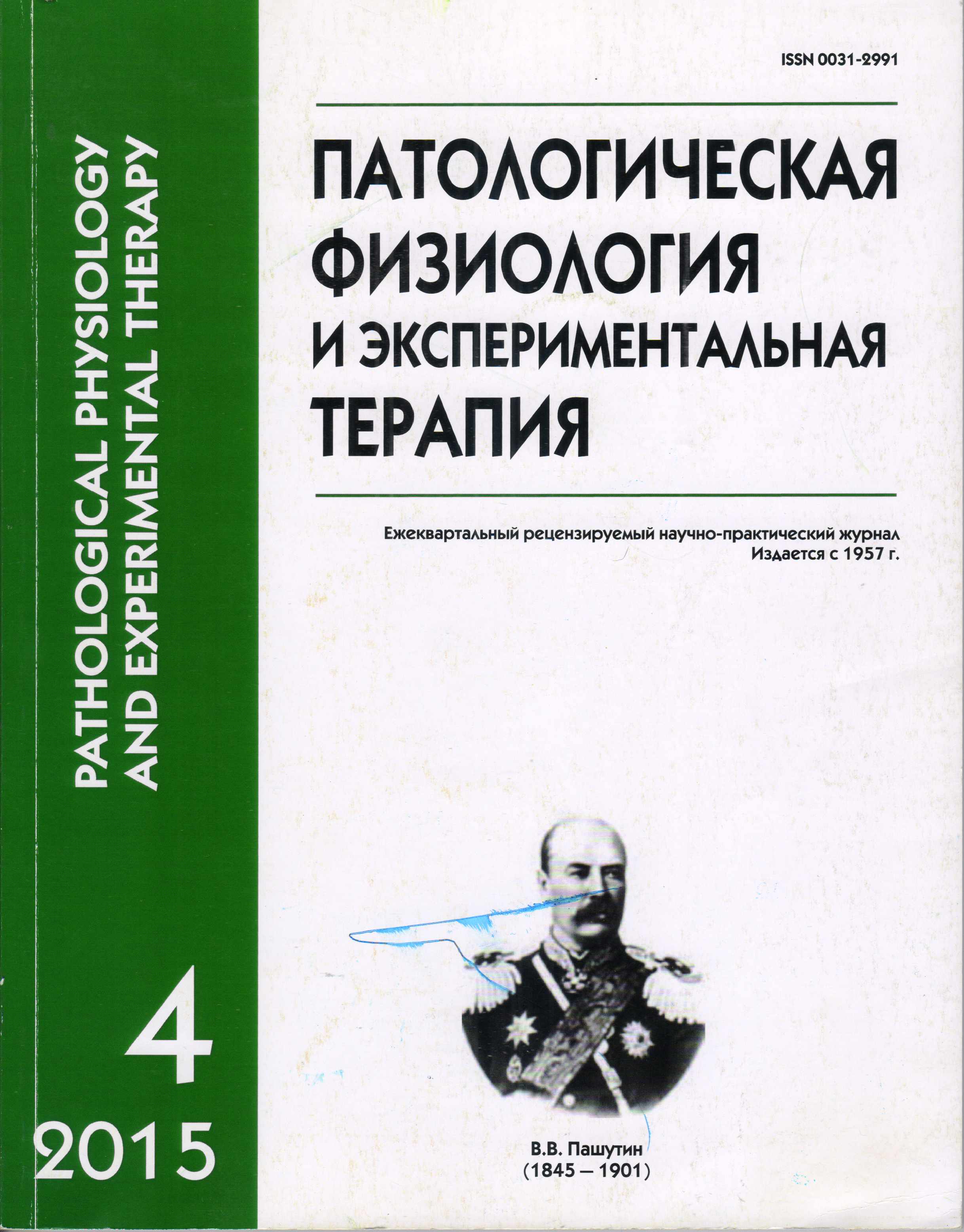Adaptation to physical load and the state of the autonomic nervous system in young women with low blood pressure
Keywords:
low blood pressure, fitness, autonomic nervous system
Abstract
Objective: The purpose of research — the study of the relationship between adaptation of the cardiovascular system to physical activity and the autonomic nervous system in young women with low blood pressure. Methods. Evaluated test Ruffier index Kеrdо women-university students aged 18—35 years, engaged in physical culture within the educational process. Compare the 69 women with low blood pressure (SBP 61—99 mmHg) and 35 women with normal blood pressure (SBP 120—129 mmHg). Index Ruffier groups did not differ in average and adequate «good result». In the group of women with low blood pressure showed a reduction in fitness (Ruffier-index of 10 or higher) when sympathetic activation. Reduced recorded in 14.5% (10 cases), which is significantly more than the parasympathetic activation — 0 cases when p = 0.003. Analysis of the dynamics of SBP, DBP and heart rate during the Ruffier test showed that low blood pressure after 1 minute rest in SBP and DBP were higher than baseline. Conclusions. According to the test Ruffier in young women with low blood pressure and sympathicotonia in 14.5% of cases there is a lack of adaptation to physical stress. When low blood pressure with vagotonia — only good and average adaptation to physical stress. Screening test of physical activity in young women with low blood pressure are not quickens the pulse, but leads to a slight increase in SBP and DBP.Downloads
Download data is not yet available.
Published
21-12-2015
How to Cite
Baev V. M., Kudryavtseva E. N. Adaptation to physical load and the state of the autonomic nervous system in young women with low blood pressure // Patologicheskaya Fiziologiya i Eksperimental’naya Terapiya (Pathological physiology and experimental therapy). 2015. VOL. 59. № 4. PP. 97–100.
Issue
Section
Original research






